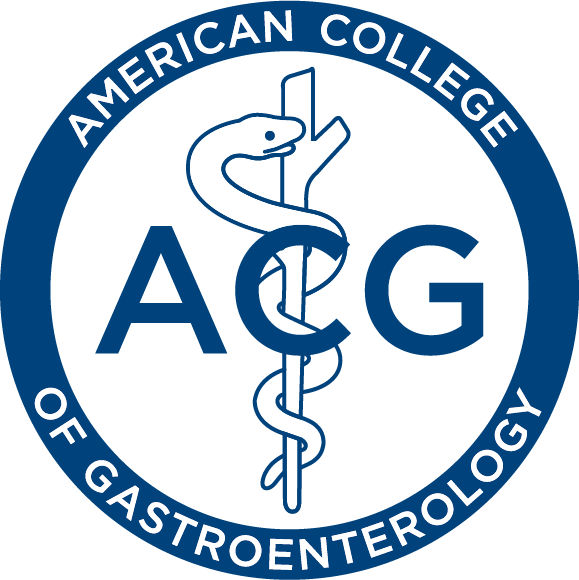From visualizing the gut lining in IBS to new techniques to treat achalasia, GI docs use new tools
Newswise — Las Vegas, NV, (October 22, 2012) – Advances in endoscopic technologies and techniques will be highlighted in clinical research presented at the 77th Annual Scientific Meeting of the American College of Gastroenterology in Las Vegas, NV. A Press Briefing with experts on these topics is scheduled for Monday October 22, at 12:45 pm Pacific Daylight Time by dialing toll-free 888-850-4523 (participant code 424049).
A new scarless option to treat rare swallowing disorder, achalasiaEnhancements in a technique known as NOTES (natural orifice transluminal endoscopic surgery) have evolved a scarless endoscopic approach to treat achalasia, an esophageal motility disorder that causes difficulty swallowing and food sticking in the esophagus. Dr. Stavros N. Stavropoulos, Chief of Endoscopy at Winthrop University Hospital in Mineola, NY reported findings of a study of 31 achalasia patients who underwent a procedure known as POEM (Per Oral Endoscopic Myotomy.) Dr. Stavropoulos and his colleagues use a technique that uses balloon inflation for tunnel dissection and a knife that allows simultaneous submucosal injection and dissection. Their success rate was 29 of 31 patients, or 94 percent, who reported significant symptom resolution as measured by the Eckardt scale, a disease specific severity score for achalasia, as well as reduction in lower esophageal sphincter pressure.
Gut Permeability in Irritable Bowel Explored with Confocal Laser EndomicroscopyProbe-based confocal laser endomicroscopy (pCLE), an advanced endoscopic tool to obtain very high-resolution images of the mucosal layer of the GI tract, can accurately identify epithelial gaps in the cells of the terminal ileum or small bowel, and may have potential as a diagnostic strategy for Irritable Bowel Syndrome(IBS). Increased intestinal permeability has been reported in patients with IBS. However, there are no reports of characteristic endoscopic findings which define IBS.
Researchers at University of Alberta in Canada hypothesized that increased epithelial cell extrusion may result in intestinal barrier dysfunction. Intestinal epithelial cells are constantly shed, leaving gaps in the epithelial layer. In this prospective controlled cohort study of 17 IBS patients and 18 healthy controls, Dr. Julia Liu and colleagues measured epithelial gaps, or the spaces in the lining of the gut. “The test is positive in about two thirds (64 percent) of patients with IBS, and negative in vast majority of the healthy controls (90 percent). These findings suggest that a patient with a positive test has a 73 percent chance of having IBS,” said Dr. Liu.
“The density of epithelial gaps was significantly higher in IBS patients and may have potential as a diagnostic test, although the clinical significance of the pLCE findings warrants further
About the American College of GastroenterologyFounded in 1932, the American College of Gastroenterology (ACG) is an organization with an international membership of more than 12,000 individuals from 80 countries. The College is committed to serving the clinically oriented digestive disease specialist through its emphasis on scholarly practice, teaching and research. The mission of the College is to serve the evolving needs of physicians in the delivery of high quality, scientifically sound, humanistic, ethical, and cost-effective health care to gastroenterology patients. www.gi.org. View releases on other research breaking at the ACG meeting at http://gi.org/media/press-releases-for-acg-annual-scientific-meeting/ Follow ACG on Twitter Tweet, Follow #ACG2012
###
MEDIA CONTACT
Register for reporter access to contact detailsCITATIONS
The American Journal of Gastroenterology
